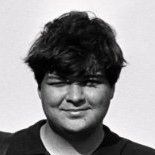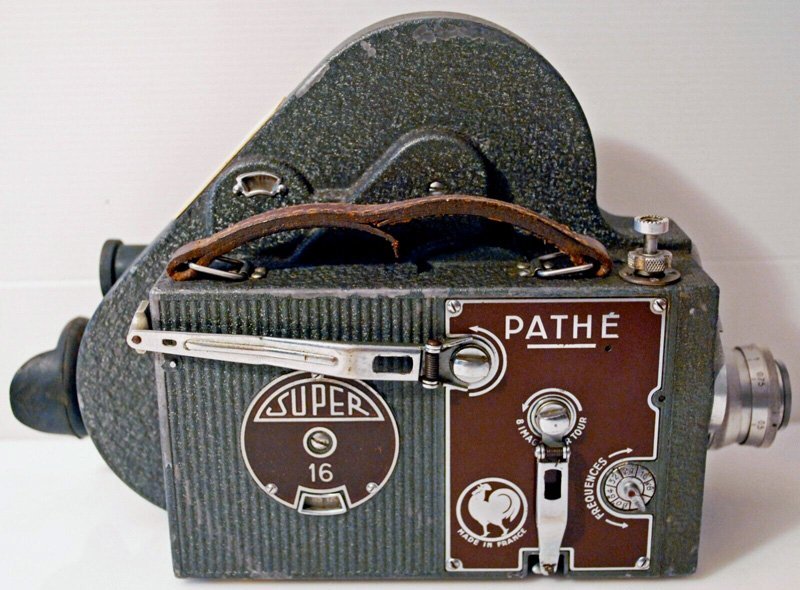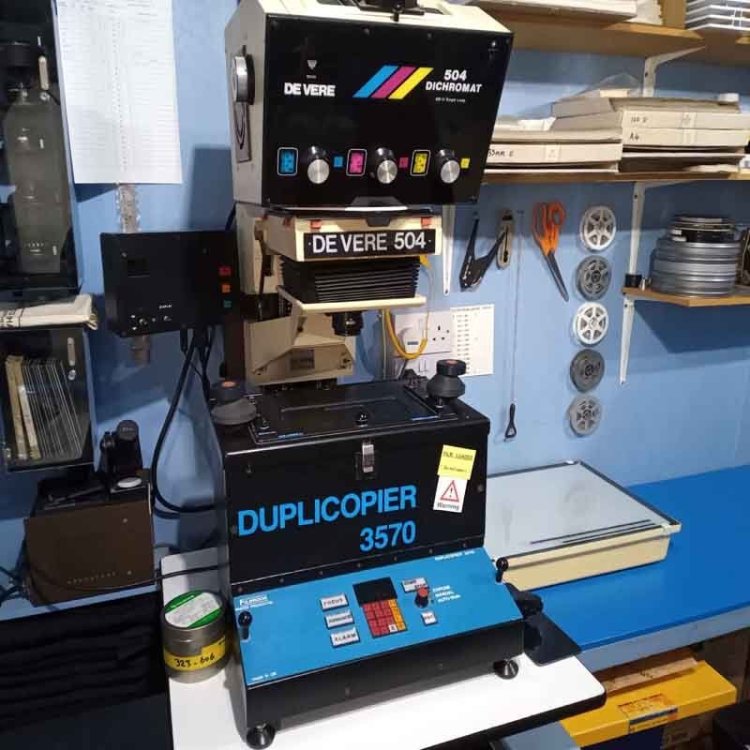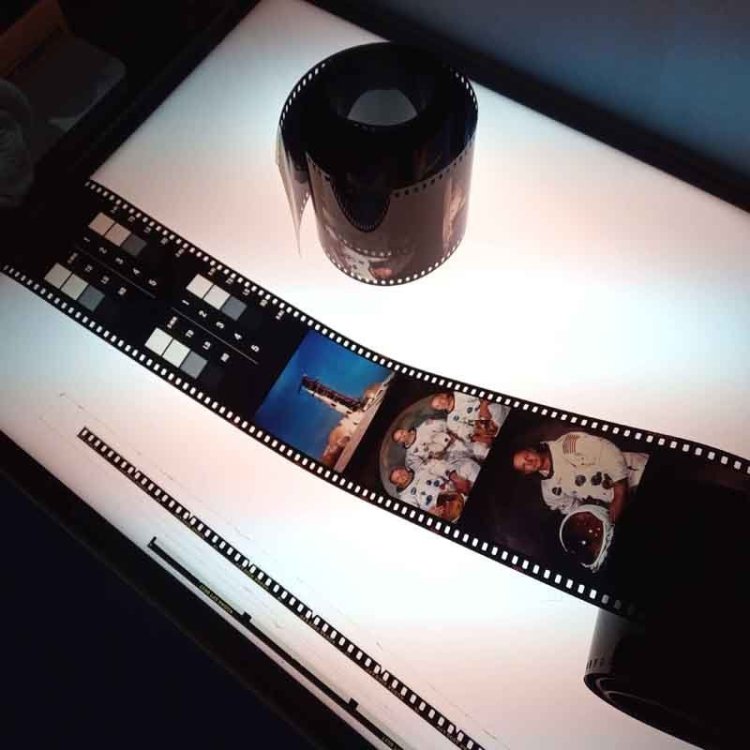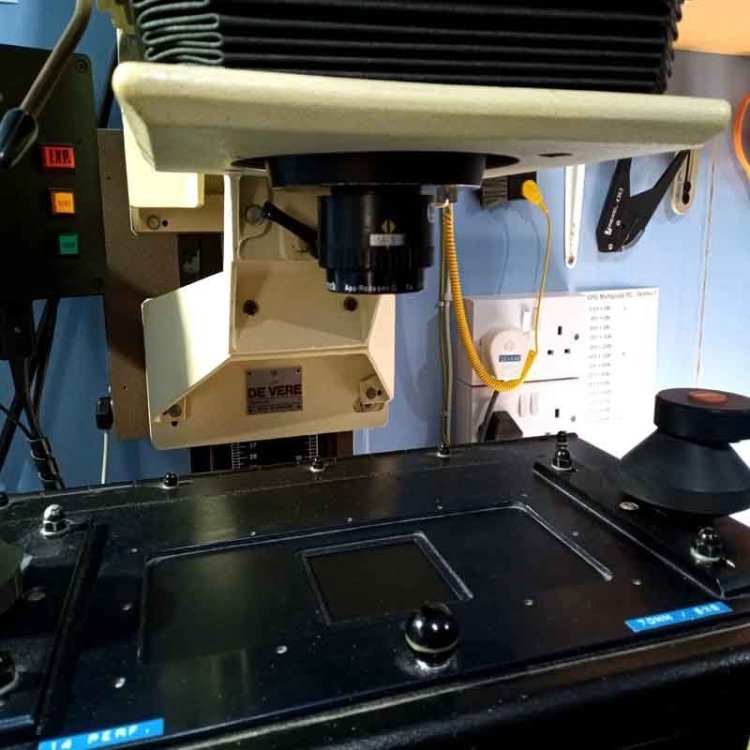-
Posts
302 -
Joined
-
Last visited
Profile Information
-
Occupation
Other
-
Location
Essex, UK
-
Specialties
Photographic laboratory, Photography, Cinematography, Cinema and Broadcast Engineering.
Contact Methods
-
Website URL
http://www.johnsalimphotographic.co.uk
Recent Profile Visitors
12,422 profile views
-
John Salim started following Bolex PRO , New book: The Single-8 Story , 16mm IB Technicolor Determination for "Speedy Gonzales" (1955) And Other 16mm Films? and 7 others
-
If the original Single 8 cassette design was just a little larger ( to accommodate 50ft of acetate film ) the 'S8' system would have been perfect ! John S 😎
-
Yes, they print the format's actual image size down onto 35mm. That way the grain is the same as what the original format would be. John S
-
I believe they output everything to 35mm stock only Peter ( ... just the image's actual 'patch' size is recorded ) John S
-
I've never heard of any processed film accumulating density. I'd check your projector's bulb ! John S
- 5 replies
-
- 1
-

-
- film degradation
- archive
-
(and 1 more)
Tagged with:
-
I've had a request from a customer who has a 16mm Pathé Webo "Super 16" camera that needs repairing ( ... not actually 'super 16' format ) Does anyone know of a UK ( preferable ) or European repair shop able to handle this vintage camera ? Many thanks, John S
-
Here's a couple of videos worth looking at .... and ... John S 🙂
-

Was 9.5mm a European format?
John Salim replied to Daniel D. Teoli Jr.'s topic in Film Stocks & Processing
Incredibly I get around a dozen or so 9.5mm Ektachrome 100D ( 7294 ) every year for processing from customers in Germany, Spain, France and Belgium. Apparently there's a '9.5 group' who arrange to have their 16mm 100ft stocks slit and perforated by some retired gentleman in Germany. John S ☺️ -
Wenqi, read this article .... https://www.wired.com/2014/08/wtf-just-happened-soap-opera-effect/ John S 😉
-
.... so, who manufactured it ?
-
Was this camera actually manufactured by Paillard Bolex ? ... it just doesn't look 'Bolex' to me 🙄 John S
-
In theory yes, but using 'camera film' won't be much good because of the severe contrast mis-match. That's why special duplicating films were made to help match contrast tones. Those films were tungsten balanced and very slow ( around 5 to 20 ASA ) and designed for printers. Kodak also made Ektachrome SO-366 which was suitable for copying equipment using flash ( ie... Bowens Illumitrans ). It was actually very similar to 5071 but intended for short exposures. John S 🙂
-
Hi Matthew, ( see pictures attached ) The Duplicopier 3570 works 'upside down' to conventional rostrum cameras, by using an enlarger to print onto film. It uses print masks from 35mm to 6cm x 12cm. The sprocket drive in not perf accurate ( pretty out really ), so you couldn't run processed film through a slide mounter for example. Everything has to be hand finished. The lens is a 75mm f4 Rodenstock Apo-Rodagon D which is designed for 1:1 duplicating. It will print from 35mm to 120 6x6 format. The dupe film I use is Fujichrome CDU II Duplicating film, ( and unbelievably ) is still good to use even though it's well out of date. There's a slight D-max loss - but nothing serious I'm pleased to say ! Cheers, John S
-
Matthew, thank you so much for posting your contribution and especially the video link. I've never seen these machines in action ( I would have loved to have operated one ) I do occasionally film duplicating ( stills ) on 35mm and 70mm. My machine is a rather simple 'roll box' type controlling a De Vere 504 enlarger. I may even be the last person doing slide dupes ! It can print up to 6cm x 12cm panoramic on 70mm - though you cannot do much creative with it really. All the best, John S




